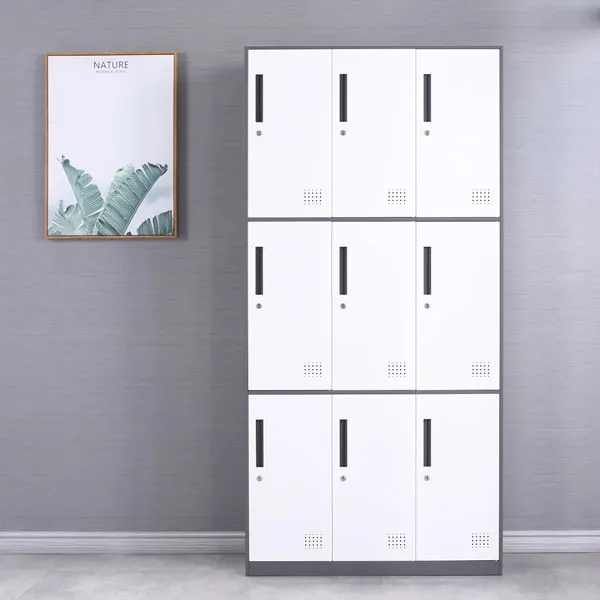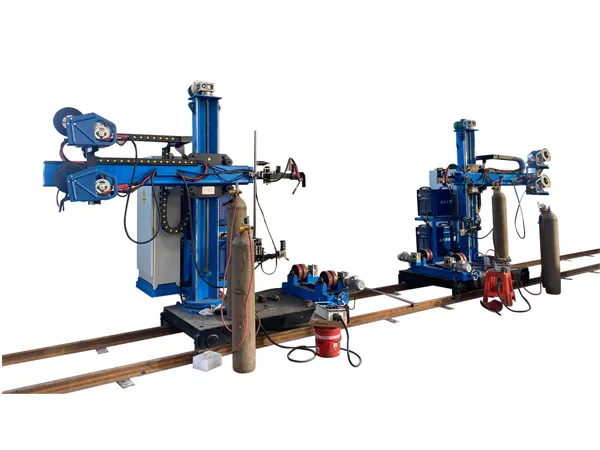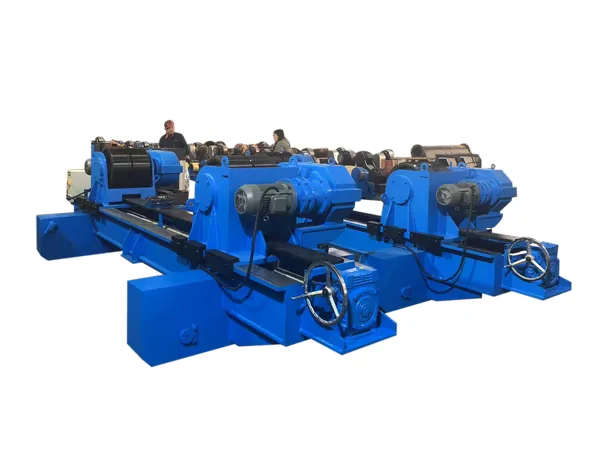Thin-wall bearings, also known as thin-section bearings or slim bearings, are specialized types of ball bearings designed with very thin cross-sections. These bearings are used in various applications where space is limited, and weight reduction is crucial. The thin design allows for reduced friction and enhances the overall performance of the bearing.
Thin-wall bearings applications

- Robotics
Thin-wall bearings are frequently used in robotic joints and arms. Their compact design and lightweight construction make them suitable for applications where space and weight are critical factors.
- Aerospace Industry
Thin-wall bearings find applications in the aerospace industry, particularly in aircraft and satellite systems. Their low weight and reduced dimensions contribute to weight savings and fuel efficiency.
- Medical Devices
Medical equipment often requires compact and lightweight components. Thin-wall bearings are used in various medical devices, such as imaging equipment, robotic surgery systems, and other precision instruments.
- Industrial Automation
Thin-wall bearings play a role in industrial automation systems, including conveyor systems, pick-and-place machines, and other automated manufacturing processes.
…
For more detailed information on the application of thin-walled bearings, please click here: https://www.prsbearings.com/a/news/thin-wall-bearing-applications.html












